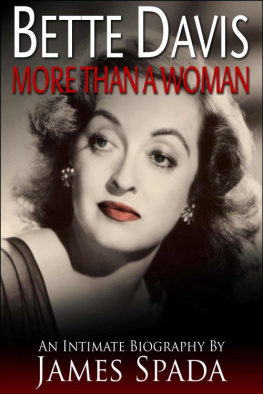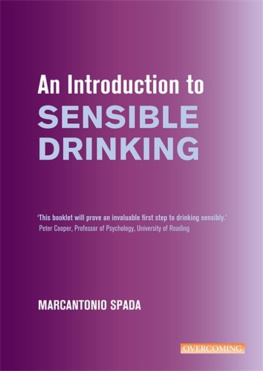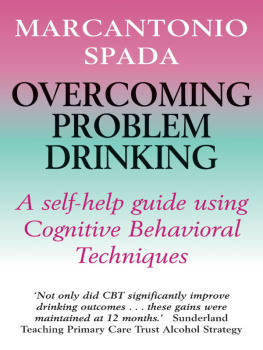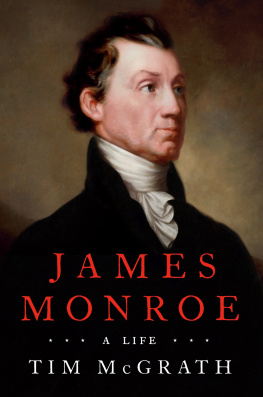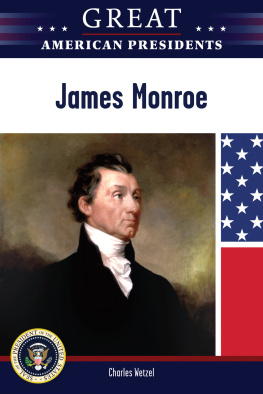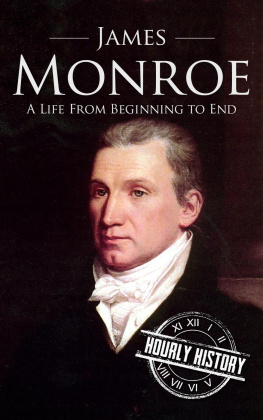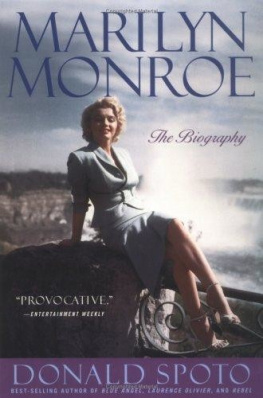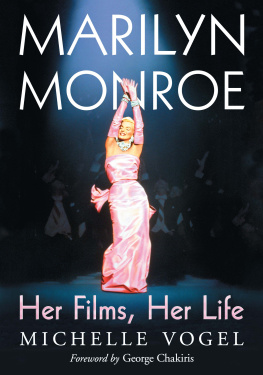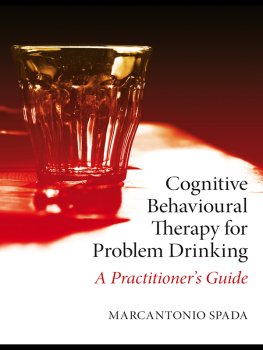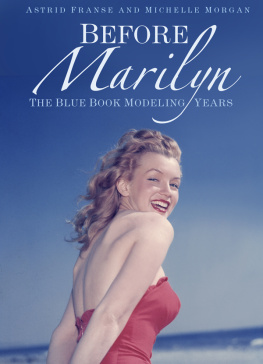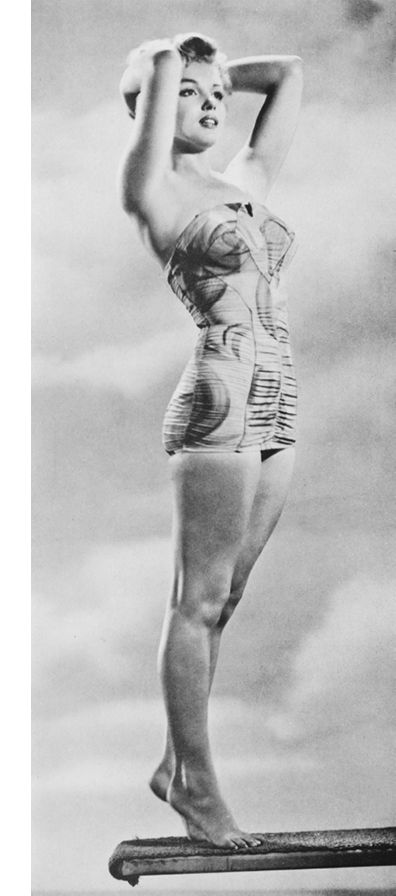Acknowledgements

Special thanks, once again, to Karen Swenson for her research help and dedication.
For their help, advice, and enthusiasm, appreciation to Lindy Hess, Larry Alexander, Doug Bergstreser, Dan ConIon, Chris Nickens, Lou Valentino, Pat Miller, Neal Peters, Andre de Dienes, Lester Glassner, Bruce Mandes, John Liscio, Rick Carl, Mrs. Eunice Murray Blackmer, Allan Grant, Edward Weston, Mrs. Philippe Halsman, Margaret Wagstaff, Robb Carr, Francoise Kirkland, Greg Schreiner and everyone at Author & Company who worked so hard on this book.
Love to our editor, Laura Van Wormer, and our agent, Kathy Robbins, who are everything an author could hope for.
And a debt of gratitude to all those photographers, famous and anonymous, who captured the Monroe image on film and without whom books like this would be impossible.
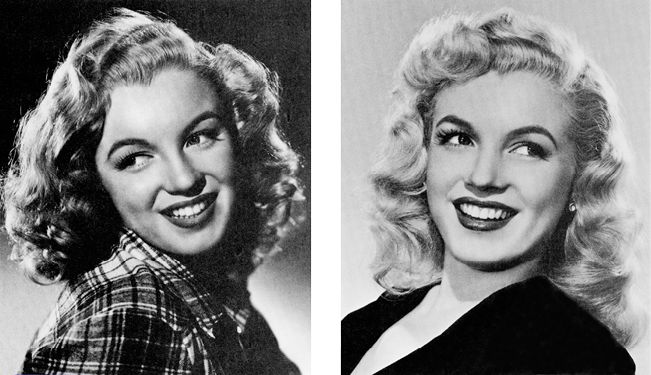
About the Authors


JAMES SPADA was ten years old when he was first enchanted by Marilyn Monroe in 1960. At thirteen he founded the Marilyn Monroe Memorial Fan Club and produced its bulletins and journals for four years. Spada is the author of the bestselling Streisand: Her Life; Grace Kelly: The Secret Lives of a Princess, Peter Lawford: The Man Who Kept the Secrets and Bette Davis: More Than a Woman and was publisher of Barbra, a quarterly magazine about Streisand. His writing has appeared in numerous periodicals, including Vanity Fair, Ladies Home Journal, The New York Times Book Review, London Sunday Express, Cosmopolitan, People, McCalls, Us, Los Angeles, New York Daily News, Philadelphia Inquirer, Chicago Tribune, Los Angeles Times, and London Daily Mirror. Born and raised in Staten Island, New York, he now lives in Los Angeles.
GEORGE ZENOs extraordinary collection of Marilyn Monroe memorabilia was profiled in Life magazine. He discovered Marilyn in 1953 and was vice-president of the Marilyn Monroe Memorial Fan Club for four years. Mr. Zeno was a library assistant for Time, Inc. He studied at New Yorks Fashion Institute of Technology and is a free-lance fashion illustrator. Born in Puerto Rico, he now lives in New York. He co-authored his second Marilyn Monroe book, Marilyn in Fashion, with Christopher Nickens in 2012
Preface


She starred in just eleven films over ten years, not a prodigious output of product compared to that of many other screen greats. But her films were just one part of the Marilyn Monroe mystique; she was a total celebrity, one in whom the publics interest did not flag despite often lengthy periods between films.
Her rise to fame in the early 1950s was a cultural phenomenon; barely a day passed when one of the New York newspapers wasnt featuring a Monroe photo, article, gossip column item, or all three. The public found her fascinating: she was a beautiful, successful woman who had spent an abysmal childhood dreaming of stardom; she played dumb blondes, yet was famous for her fast witticisms; she was in many ways vulnerable and nave, yet had a streak of independence and ambition that would surprise many who tried to take easy advantage of her.
Her sexuality was often blatant, yet always there was a childlike innocence about her, a suggestion of the little girl dressed in her mothers clothes and play-acting allure. The playfulness she brought to sex made her carnality at once more stimulating to men and less threatening to women.
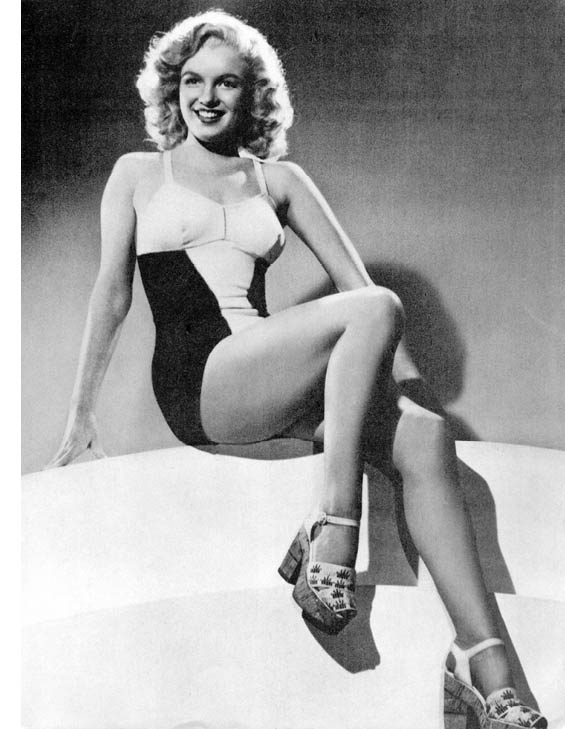
She would become, however, Hollywoods ultimate victim, a sensitive, insecure, frightened woman who believed her looks and sexuality were her only key to happiness. Once worldwide fame and adulation had come to her, she realized they were only a partial fulfillment. But by then it was too late to achieve happiness anywhere elseMarilyn Monroe was public property. Her enormous fame destroyed one of her marriages, and the neuroticism that her fame created in her destroyed the other. She was unable to accept happiness from one man, and the love of the masses was merely an empty, temporary tonic.


